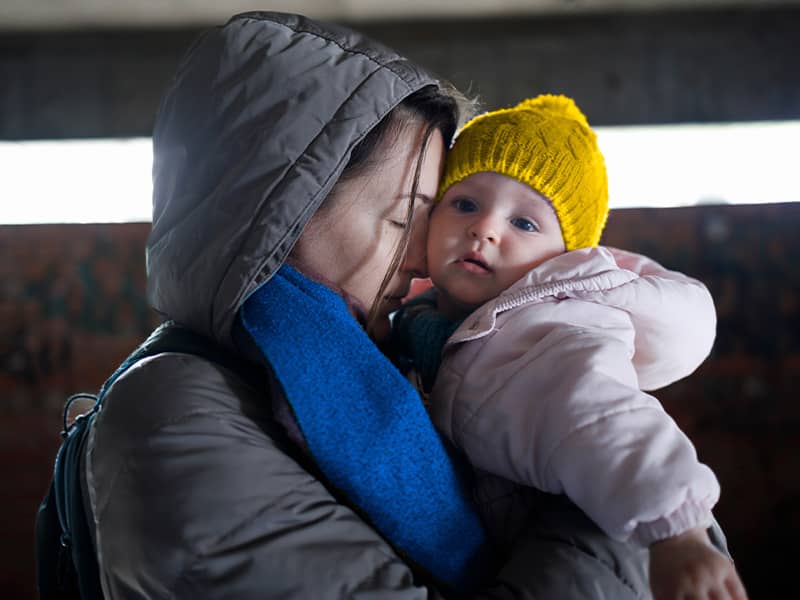Like O'Connor, Cardinal James Hickey, 79, of Washington, D.C., and Cardinal Anthony Bevilacqua, 76, of Philadelphia are serving beyond the church's normal retirement age of 75 for heads of dioceses. Papal appointments to all three cities are long overdue.
The pope's choices will complete a top echelon that will lead the U.S. hierarchy for the coming decade. Catholic observers agree New York is the most important appointment because of the city's central role in international media and finance. O'Connor died Wednesday at age 80.
``After O'Connor there's a great void'' in the U.S. hierarchy, said Robert Moynihan, an American who edits the Rome-based Inside the Vatican magazine. He noted that O'Connor was personally close to the pope, visited Rome almost monthly during his heyday and sat on the Vatican agency that names most of the world's bishops.
The Rev. Thomas J. Reese, editor of America magazine, writes in a forthcoming column that O'Connor was unquestionably ``the most powerful American cardinal of his generation'' and the nation's ``de facto spokesperson'' for the church.
While leadership of the New York area's 2.4 million Catholics has this week's headlines, Philadelphia is also traditionally an important Catholic center and Washington is the political capital and location for the bishops' national staff, though Catholic membership is much smaller than in most U.S. archdioceses led by cardinals.
Reese thinks that three U.S. cardinals stand at the forefront of the U.S. hierarchy: Francis George, 63, of Chicago; Bernard Law, 68, of Boston; and Roger Mahony, 64, of Los Angeles.
Law, who became an archbishop in 1984 and cardinal in 1985 alongside O'Connor, holds a seat on the Vatican bishop-selection agency, which so enhanced O'Connor's influence. Law won points in Rome for proposing the new universal catechism that has become a landmark of John Paul's pontificate. Last November, U.S. bishops elected Law as their spokesman on international issues.
Mahony has led the nation's largest archdiocese for 15 years. George, the newcomer among the three, heads the second-ranking U.S. archdiocese, and Moynihan thinks he ``is emerging as the Vatican's American interlocutor.''
Other U.S. cardinals include William Keeler, 69, of Baltimore and Adam Maida, 70, of Detroit. Archbishop Justin Rigali, 65, could become a cardinal, as did several of his predecessors in St. Louis. Three other cardinals who formerly ran U.S. archdioceses now work at the Vatican: William Baum, James Stafford and Edmund Szoka.
There is considerable speculation about why John Paul has delayed making new major appointments. Moynihan discounted suggestions that the aging pope is waning in energy: ``Rather than decelerating as he turns 80 this month, he is accelerating his activity.''
But John Paul is not a ``nuts and bolts'' pontiff and Rome generally has trouble finding candidates it likes among priests trained since 1965, Moynihan said.
``That generation produced a bunch of wonderful people but in terms of material for bishops it's soft timber,'' he said.
Reese said it was possible ``that once the pope himself turned 75 it became more difficult for him to insist that these people retire at 75. Clearly, Cardinal O'Connor wasn't interested.''
But he said the most likely explanation for delay relates to the worldwide church celebration of the year 2000: ``He simply wanted to have all his old friends around during the jubilee and would make the changes afterward.''

